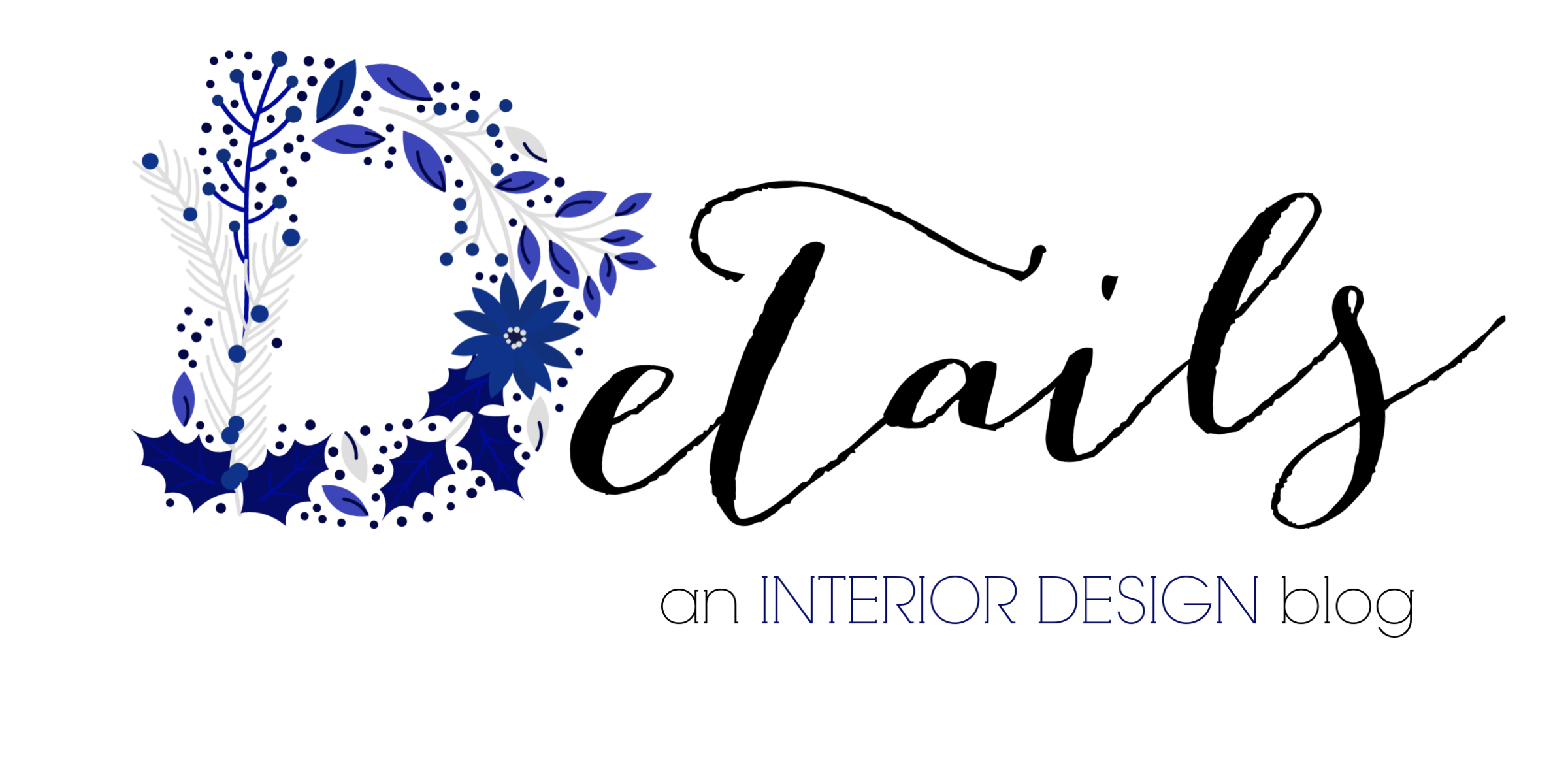One of the things that I had some trouble getting the hang of in design school was pattern mixing. I remember being in a Kravet showroom, hugging a handful of samples for a color board, and laying them out for one of my instructors who looked at me and said, “Honey, these just don’t work.” She explained to me all about dominant, subordinate, and neutral fabrics, and I just felt so overwhelmed. Like, why can’t these go together? Panic ensued. How did I even have a future as a designer if I couldn’t tell that a large quatrefoil geometric pattern didn’t work well with a floral?
I got better at this, although I think this is something that I still have yet to master. As a designer, there is a “feeling” you get in your gut when you get it right, though. For anyone who is a designer of any capacity, you know what feeling I’m talking about. We mean it when we say that the way something looks doesn’t “feel” right. It literally tugs at us, and bothers us, and follows us around all day until we solve the problem that is nonexistent to someone who isn’t both blessed and cursed with an eye for design. And so, for me personally, there is a lot of trial and error in what I do. I usually can’t look at a pattern and say — “That will look PERFECT with x.” Because of that, I save my receipts! 😉
Pattern mixing is tricky… You don’t want this:

Scary, gaudy, overwhelming
But you also don’t want this:

Almost completely devoid of pattern altogether
What great pattern mixing accomplishes is a layered palette of textures, colors, and interest that really gives a sense of who lives there and what they like, and sets the tone for the space. Great pattern mixing tells a story!









